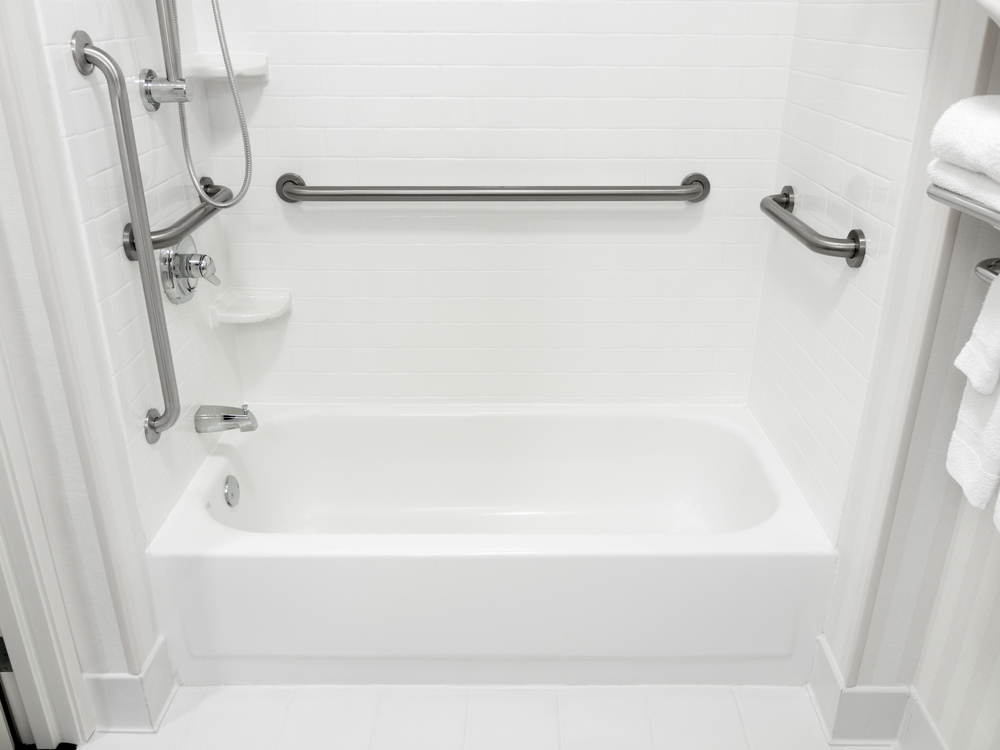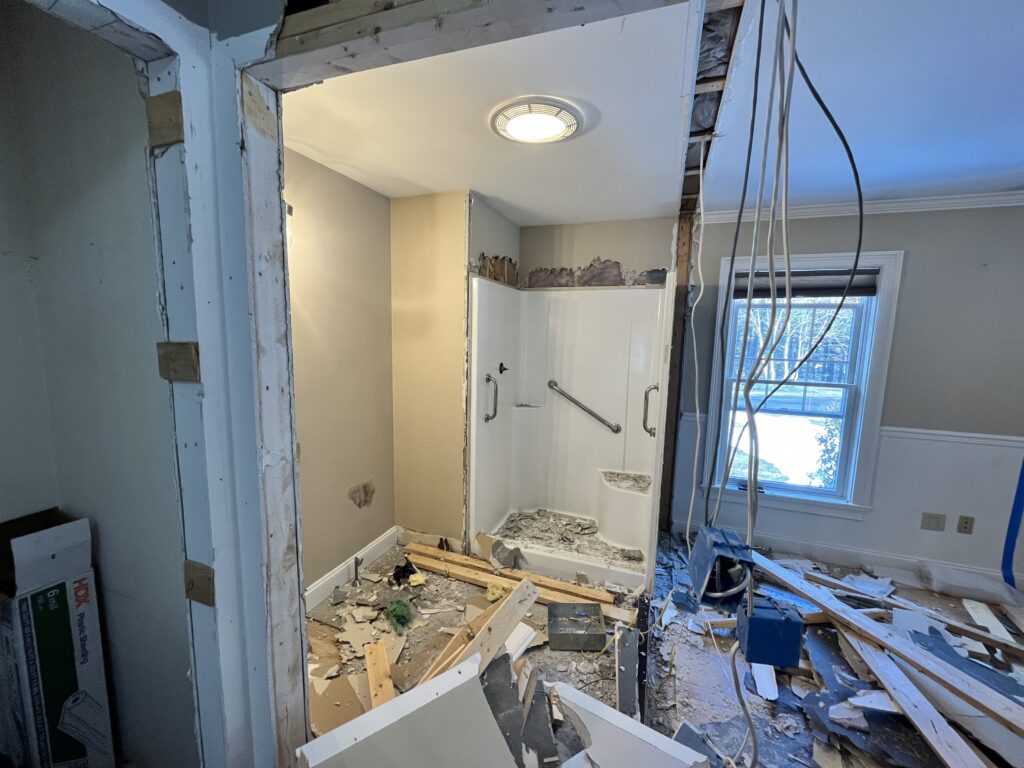What Are the Best Options for Making My Bathroom Accessible?

A proactive approach to accessibility is a smart way to plan for aging-in-place. While you may not have accessibility issues today, planning for the future by making your bathroom accessible ensures that your bathroom remains safe and user-friendly as you age in place.
If you don’t have immediate accessibility needs, you may be unsure about the best options for making your bathroom accessible. Keep reading to learn what the best options are for making your bathroom more accessible!
Installing Grab Bars and Handles
The bathroom is often the site of the most hazardous slips and falls. The risk of these accidents can be reduced by strategically placing grab bars and handles.
Grab bars are an effective way to provide stability and security in all areas of your bathroom. Some of the best places to install grab bars are around the sink, in the shower, by the bath, and surrounding the toilet.
Handles can make getting in and out of a standard bathtub safer and more secure if you have mobility or balance issues. Most handles come with a textured grip for additional stability, even if the handle gets wet.
One of the significant advantages of a handle is that it is not permanently installed. It can be securely clamped on and easily removed as needed by the individual using the bathtub.
Swapping Out a Standard Toilet for an Accessible Model
The area around a standard toilet can be one of the biggest challenges to a person with mobility issues. A standard toilet can be too low or too wide to be easily accessed.
An easy solution is to swap out your standard toilet for an accessible model. The ideal accessible toilet is wall-mounted with a seat no higher than seventeen inches from the floor, with enough space on either side to allow for easy use.
Installing grab bars on both the wall behind the toilet and the walls surrounding the toilet increases stability and safety.

Our team at Portland Accessibility Remodelers just completed a shower remodel in Falmouth, Maine. Our clients are now able to feel safer when showering.
Opting for Non-Slip Flooring
Non-slip flooring in your bathroom is a must for safe accessibility. Because bathrooms tend to get wet with use, slick floors can be the cause of serious but preventable accidents.
The best non-slip flooring options are vinyl flooring and tiles. Which one is right for you depends on your personal needs, individual taste, and budget.
If you use a wheelchair or might need one in the future, vinyl flooring is the best option. It provides excellent traction, effectively repels water, is reasonably priced, is easy to clean, and is very wheelchair-friendly.
Customize an Accessible Shower
If preparing your bathroom to be fully accessible as you age in place means a complete remodel, you’ll want to seriously consider a custom-designed accessible shower. A custom-designed shower can meet all your accessibility needs and enhance the look of your bathroom.
While there are modular accessible showers available, opting for a customized version allows you to have a beautiful, comfortable place to safely shower. With options like zero threshold entryways and built-in seating, a custom-designed shower can allow for many years of independent bathing.
Grab bars and handles, accessible toilets, non-slip flooring, and customized showers aren’t the only options for creating a bathroom that’s always accessible as you age in place, but they are a great place to start!
To learn more about these and other accessible bathroom options, contact Portland Accessibility Remodelers today! We can help ensure your home is safe for you and your loved ones as you age in place.
